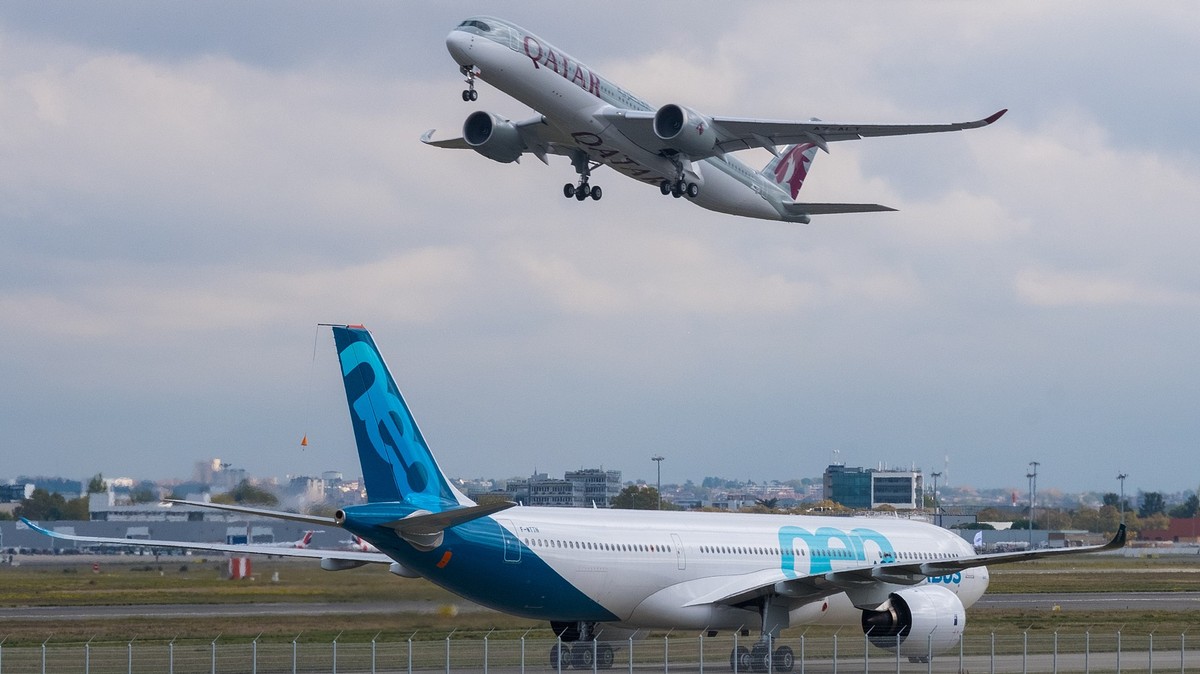- cross-posted to:
- [email protected]
- cross-posted to:
- [email protected]
Commercial Flights Are Experiencing ‘Unthinkable’ GPS Attacks and Nobody Knows What to Do::New “spoofing” attacks resulting in total navigation failure have been occurring above the Middle East for months, which is “highly significant” for airline safety.



How do IRUs work do to give you location?
They know where you took off from, and can detect your movement with precision.
https://youtu.be/bZe5J8SVCYQ
Here is an alternative Piped link(s):
https://piped.video/bZe5J8SVCYQ
Piped is a privacy-respecting open-source alternative frontend to YouTube.
I’m open-source; check me out at GitHub.
They use gyroscopes and accelerometers to measure the aircrafts movement from the starting position at takeoff. That can then be used to plot the course the aircraft has taken to show the current location.
It’s knows where it was and where it isn’t
https://en.m.wikipedia.org/wiki/Dead_reckoning
First, they have to align on the ground. You initialize them with your current known position (usually by GPS or your known airport/gate spot). Then, you wait for them to synchronize with the Earth’s rotation. If you’re far north, like in Alaska, this could take half an hour. If you’re close to the equator, it could take 5 minutes. Once they’re ready, from that point, any movement you make, it will know where you are and where you’ve been.
If you spin up a gyro and begin moving around, it will maintain it’s starting position. You can use this deflection to calculate direction. If you know how fast you are going and for how long, you’ll have your position.
Mechanical gyros drift. It’s the nature of a world with friction. Newer IRUs use laser gyros, so the only real drift they have comes from extremely minute rounding errors.